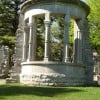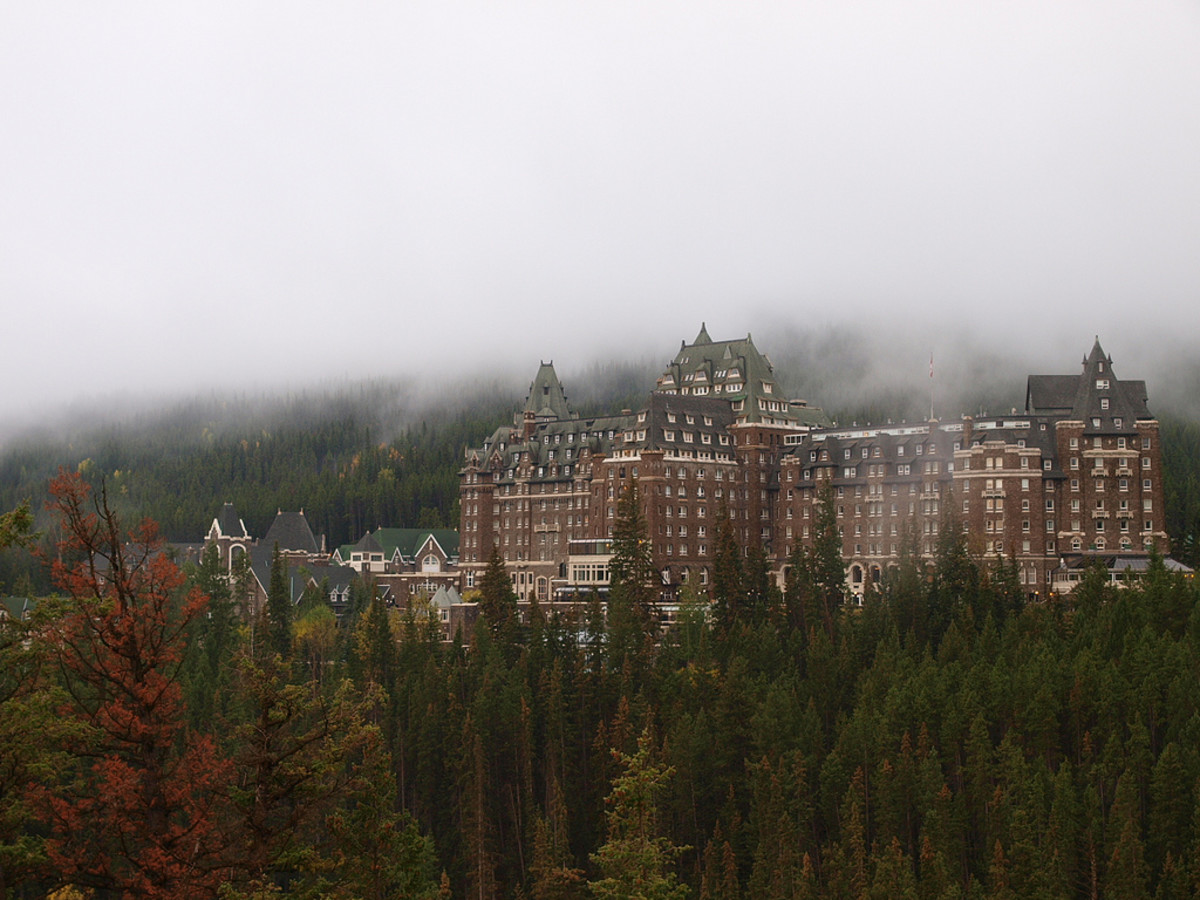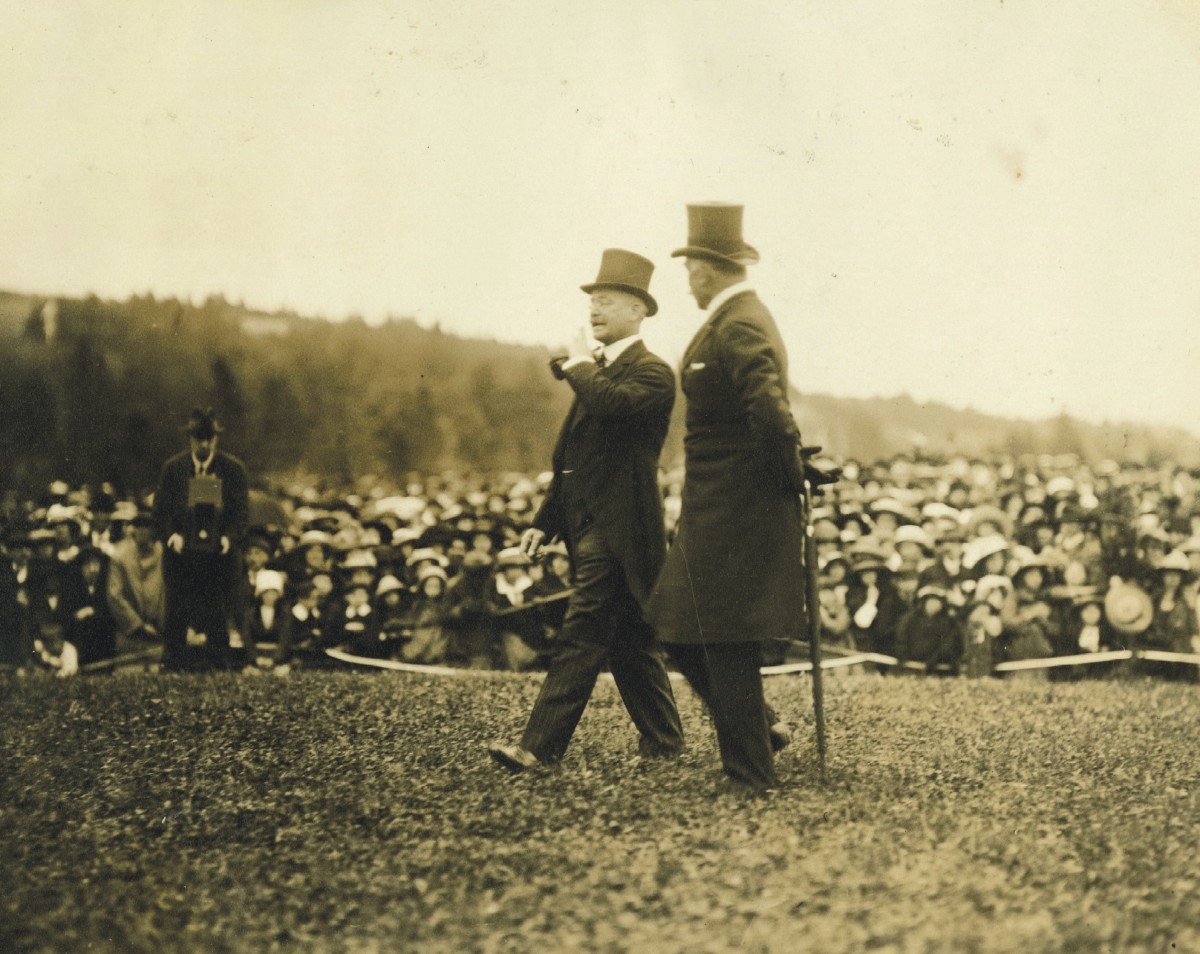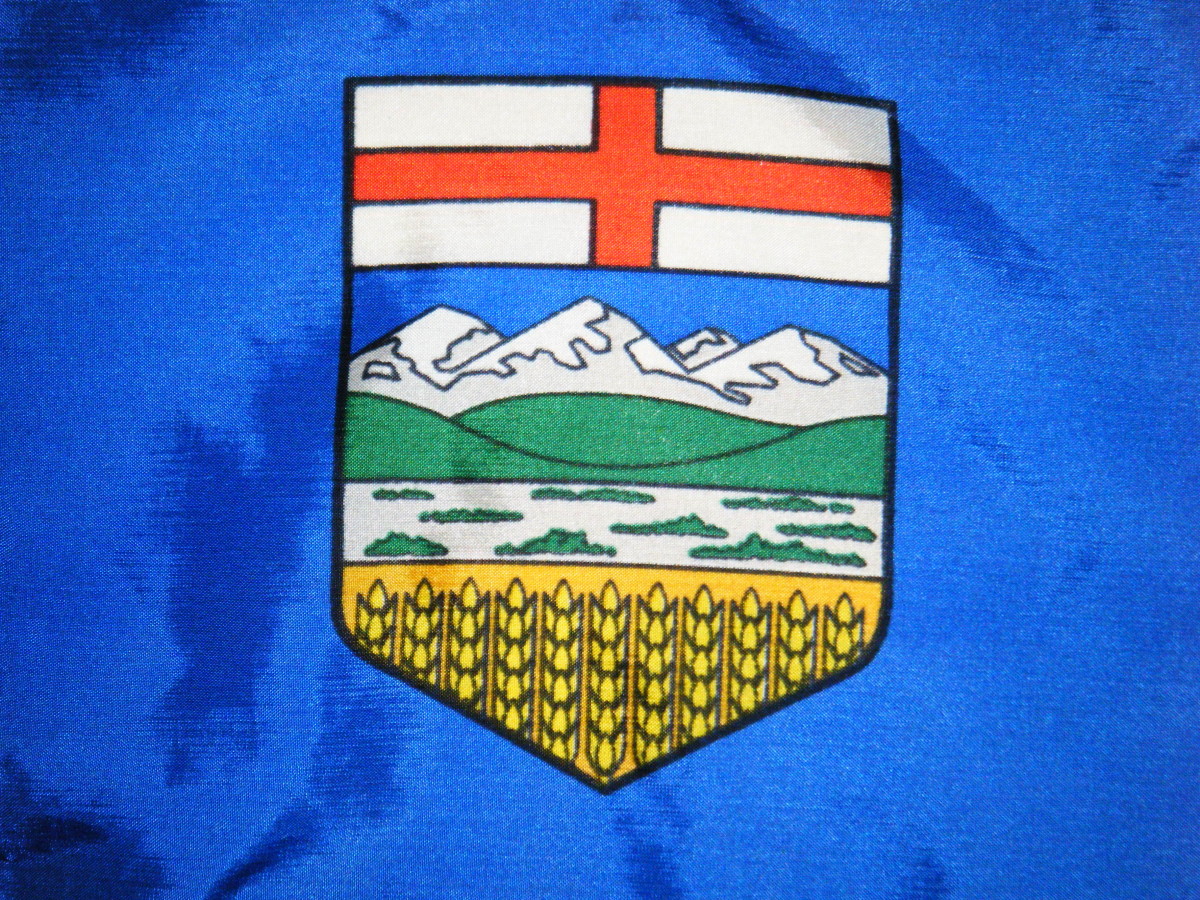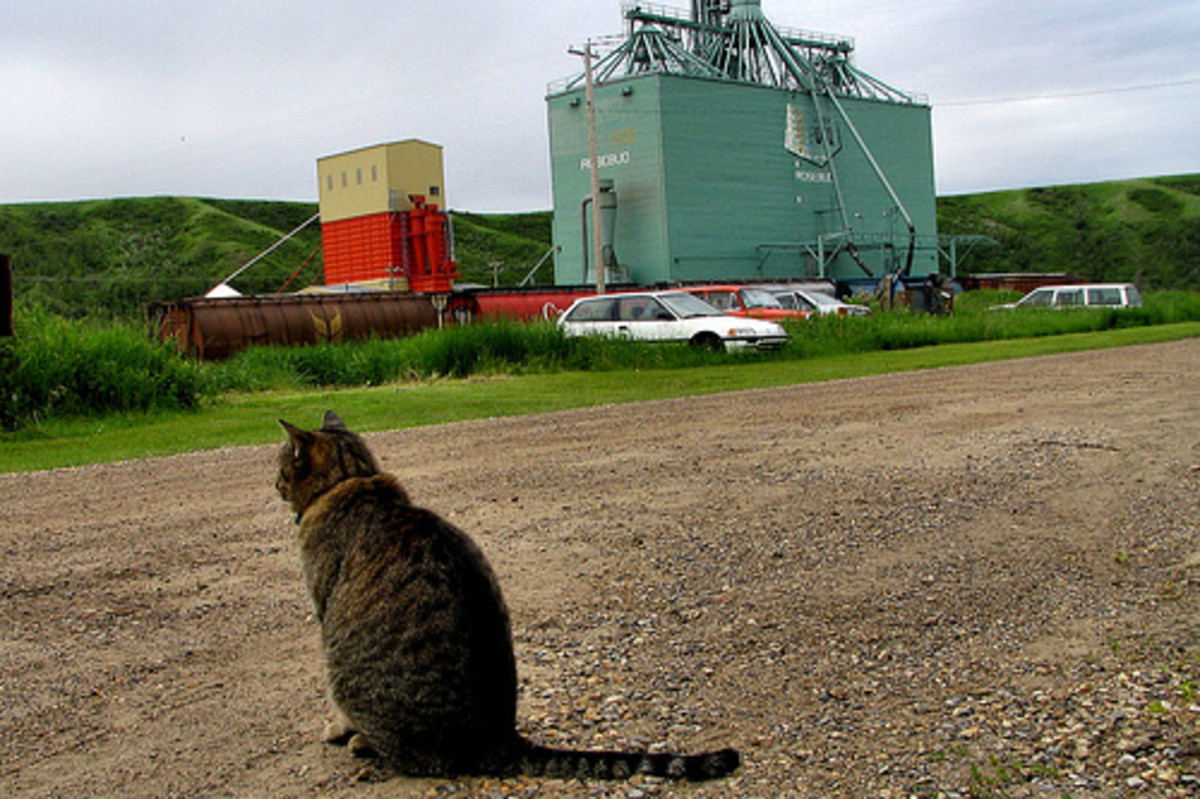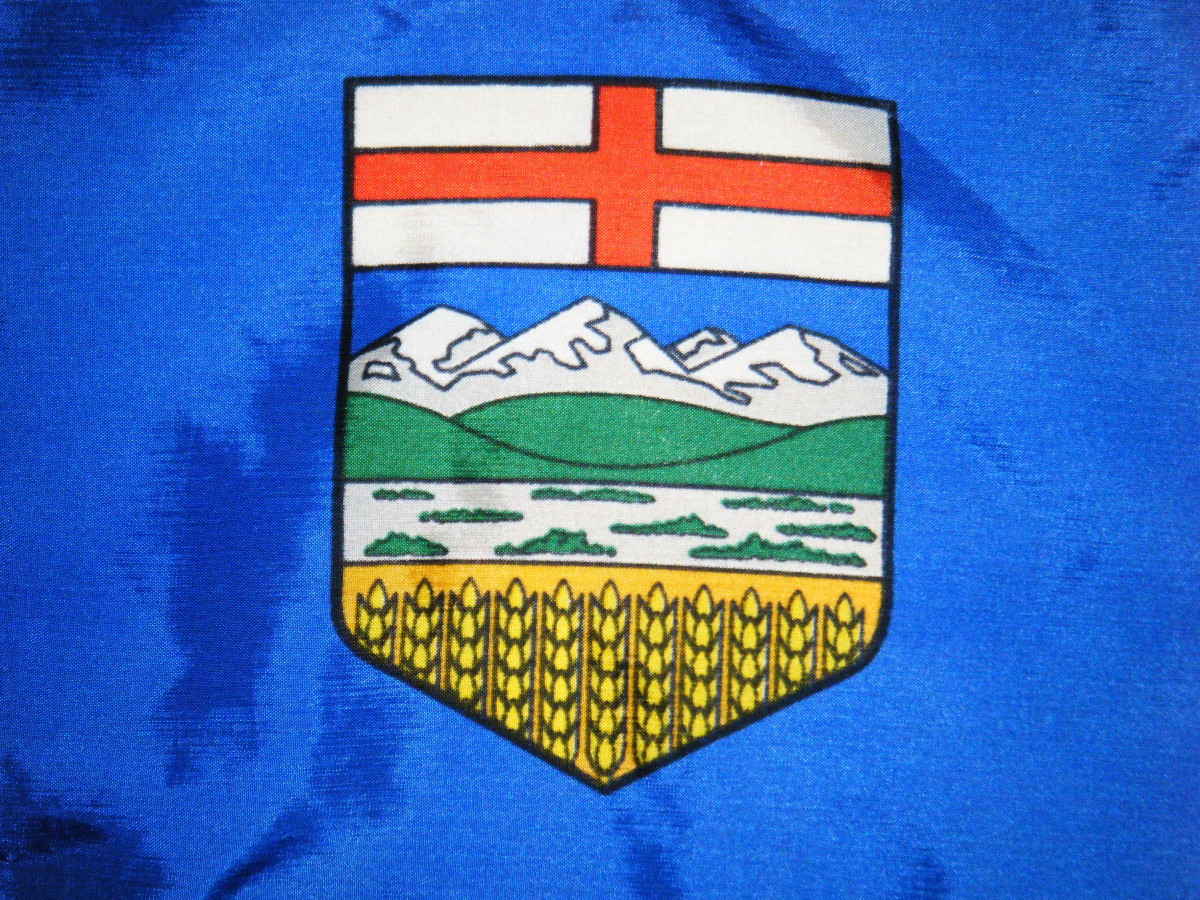Visiting Henderson Lake, Lethbridge, Alberta: a recreational area recalling an enterprising mayor
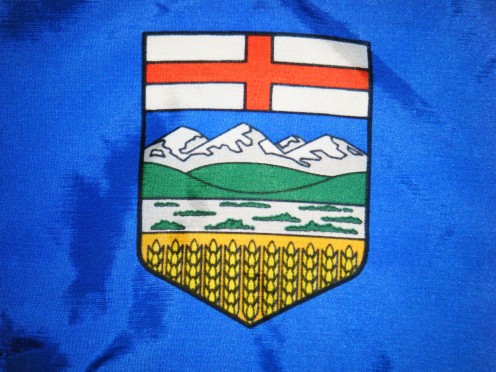
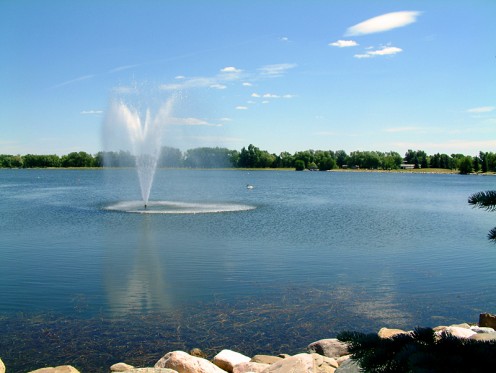
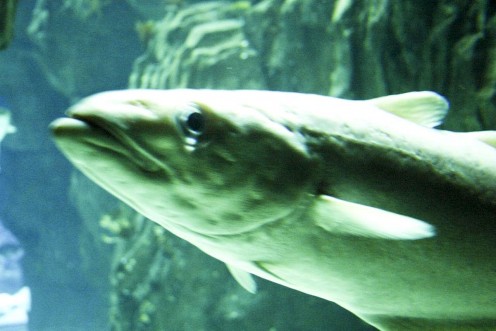
Of interest
A haven for fishing and boating enthusiasts
Among Lethbridge, Alberta's many visitor attractions is Henderson Lake, within Henderson Lake Park.
The name of the Lake and Park recalls an enterprising Mayor of Lethbridge, William Henderson, who over a century ago served as Mayor and periods as a Councillor. At the Parkside Drive South entrance to Henderson Park, a notice states:
Area purchased parkland April 6, 1910 from the Alberta Railway & Irrigation Company and named in honor of Mayor Henderson 1908-1909.
Ontarian visitors — accustomed to their own province's 250,000 naturally occurring freshwater lakes — may be surprised to learn that Henderson Lake, which extends to 24 hectares, is actually man made. A trail 2.5 kilometres long encompasses the Lake, and there are further trails in Henderson Park which extend to 2.5 kilometres.
Adjacent to Henderson Lake is the Nikka Yuko Japanese Garden, opened in 1967, itself built around water; the waters of the Japanese Garden are fed from Henderson Lake.
Separately from the Japanese Garden, there is also a Rose Garden in Henderson Park, particularly dedicated to remembering the victims of 9/11.
The Lake is known as the regular venue for Lethbridge Rotary Dragon Boat Festival. On July 1 Henderson Park hosts Canada Day festivities, culminating with a fireworks display (1).
Pike, perch and whitefish are found in the lake and thus offer fishing opportunities, subject to Provincial regulations. Fishing enthusiasts at Henderson Lake have reported many successes with landing pike (2).
A swimming pool was opened in 1962, after it was found that parts of Henderson Lake with excessive weeds and even leeches made swimming hazardous (3).
Kayaking, canoes and paddle boats are regularly seen on the Lake.
A golf club, which administers an 18-hole course, has Henderson Lake Park as its backdrop; the claim is made by Henderson Lake Golf Club: 'The course gives the golfer a feeling that is rarely found anywhere in North America.'
Such is the attraction of the amenities of Henderson Lake that local realtors report the area to be highly sought after (4).
Now to take stock: some of the quotes and sources used in this description may seem to paint Henderson Lake in a very favourable light. In my humble view, though, these impressions are founded in reality! Sometimes Ontarians moving to Alberta report that it can be a struggle to live and make ends meet in some of Alberta's crowded, fast growing cities. However, the picture offered by Lethbridge is in many ways rather distinct: it may be said that Lethbridge really is a desirable place to live and work!
February 4, 2015
Notes
(1) See also: http://www.lethbridge.ca/Things-To-Do/Parks/Pages/Henderson-Lake-Park.aspx ; http://www.lethbridge.ca/Things-To-Do/Canada-Day-Events/Pages/Henderson-Lake-Events.aspx
(2) See also: http://www.ifishalberta.com/lakeFeedback.php?id=360 For more information about fishing at Henderson Lake, see also: http://albertafishingguide.com/location/water/all/henderson-lake
(3) Closed for refurbishment, it is due to reopen in 2016.
(4) See, for example: http://mylethbridgerealty.com/lethbridge-neighbourhoods/south-lethbridge/henderson-lake/ ; http://www.point2homes.com/CA/Real-Estate-Listings/AB/Lethbridge/Henderson-Lake.html . But interestingly, from a real estate perspective, leaving aside the vicinity of Henderson Lake, Lethbridge has not seen the high demands on property resulting from the sort of rapid urban growth seen at some other Albertan cities such as Calgary and Fort McMurray. Ontarians and others — especially from the Toronto area — moving west can find it advantageous to move to the Lethbridge area from the point of view of property prices.
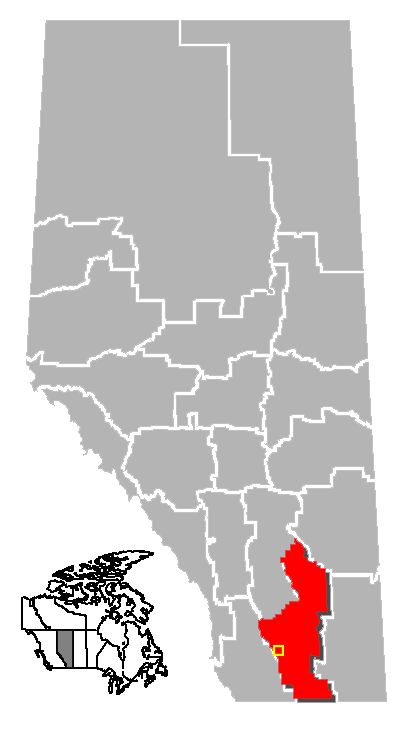
Also worth seeing
In Lethbridge, notable sights include the Galt Museum; the Japanese Gardens; the record-breaking High Level Bridge, dating from 1909; dining in the Water Tower Restaurant; and many others.
Nanton (distance: 121.4 kilometres); the Air Museum commemorates Canadian aviators of Bomber Command during World War Two; the Museum notably possesses a Lancaster bomber. There are various well appointed antique shops close by.
Waterton (distance: 124.6 kilometres): this outstandingly scenic location - part of Warterton-Glacier International Peace Park - has striking views from the much photographed Prince of Wales Hotel over the often snow-capped Rockies and the Waterton Lakes.
How to get there
Air Canada, flies to Lethbridge Airport, via Calgary, with wide North American and other connections, from where car rental is available. Some facilities may be withdrawn without notice. For up to date information, you are advised to check with the airline or your travel agent. Please refer to appropriate consular sources for any special border crossing arrangements which may apply to citizens of certain nationalities.
MJFenn is an independent travel writer based in Ontario, Canada.
Other of my hubpages may also be of interest
- Visiting the High Level Bridge, Lethbridge, Alberta: of its type the highest and longest in the worl
High indeed, and long: nowhere in the world is there another of its type as high and as long. - Visiting the Lethbridge Water Tower, Lethbridge, Alberta: fine cuisine and excellent views of the Ro
Functional structure adapted to become one of the city's much frequented landmarks - Visiting the Flathead Range's Mount Blakiston, Alberta: remembering the Palliser Expedition of 1857-
Somewhat resembling the Matterhorn, Mount Blakiston rises to 2910 metres, its name recalling a 19th century explorer and naturalist. - Visiting the Prince of Wales Hotel, Waterton Park, Alberta: recalling the heyday of rail tourism in
A huge Swiss-style chalet in a scenically unique setting: recalling an almost vanished railroad past. Named for Edward, Prince of Wales who, as a local ranch owner, had strong links with Alberta - Visiting the Crowsnest Road, Crowsnest Pass, British Columbia: remembering First Nations and early E
Long known to First Nations, the Crossnest Pass was first travelled by a European, Michael Phillipps, in 1873, who journeyed West to East, now commemorated by British Columbian Point of Interest signs
